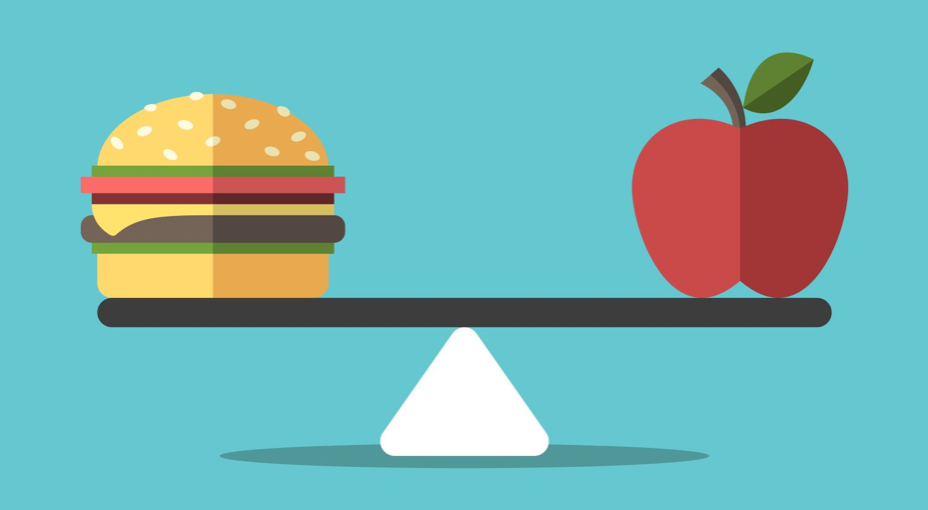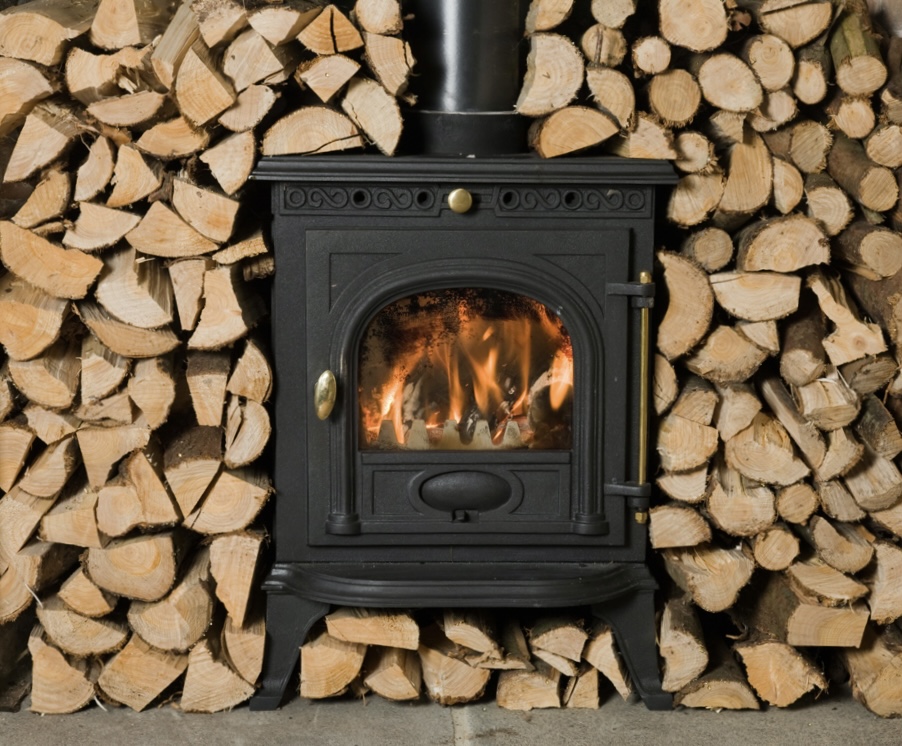
Stop Counting Calories
Calorie counting was a great idea. It's a very precise way of determining how much fuel you're taking in. If we're able to accurately determine how much fuel is coming in, and how much is being burned, we can restrict caloric intake over time and lose weight as a result.
Counting calories has been the crux of most weight loss regimens since Lulu Hunt Peters came up with the concept in…wait for it…1918. Not that an idea that has been around for over 100 years is inherently wrong or flawed, it’s just that with the technology available today, there are now options for an easier, more accurate and more manageable way of losing weight.
The Fat Math Formula and the focus on the weight of food rather than the number of calories in food empowers user’s way beyond what counting calories has offered until now. One of the unfortunate things about counting calories is that we must rely on others to tell us how many calories are in our food. No one has any idea how many calories are in a pound of lettuce, a pound of steak or a pound of bread. What we do know is that each of these weighs exactly 454 grams and we can determine that in about two seconds with the use of a $10. kitchen scale. Most dieters that count calories tend to opt for packaged foods, which list the number of calories. Unfortunately, it's these packaged foods that typically offer the least nutrition, and are full of various preservatives.
As diverse as our diets have become over the years, accurately determining how many calories are in a meal that we prepare ourselves is next to impossible. If you end up within 20% of the actual amount, you'd be doing pretty good. Then there is the type of calories that we’re consuming. Are they fat, protein, or carbohydrates? As an interesting side note, carbohydrates and proteins provide 4 calories per gram, alcohol provides 7 calories per gram, and a gram of fat equals 9 calories. Want to burn a pound of fat? That’ll cost you 4,086 calories (454 grams x 9). That’s a lot of calories to count in order to lose just a pound.
Another unfortunate thing about counting calories in order to lose weight is that the amount of weight you will lose is determined by how many calories you burn throughout the day. You thought figuring out how many calories were in a plate of nachos was hard. Try accurately determining how many calories you burn throughout a day, especially when your activities are different from one day to the next.
Navigating calorie counting in order to lose weight is only possible if we're able to look at packaged food labels or by Googling individual ingredients. Otherwise, you're pretty much flying blind.
So what happens if you go out to eat? What happens if you eat a meal anywhere that you didn't prepare yourself? How can you accurately know how many calories are in a meal? Many restaurants have started listing calories on their menus, which in itself is a wakeup call. Good luck sticking to a 1,500 calorie diet and eating in a restaurant, or even getting coffee and a scone somewhere. That's likely to be your only meal that day.
Maybe the biggest drag of counting calories for weight loss is that the emphasis is on foods with the lowest calories. These typically are the least nutritious, worst tasting, and least fulfilling to eat (insert image of rice cake here).
I'm not saying that accurate calorie counting can't be done. I'm also not saying that accurate burning of calories can't be calculated, because it can. But determining these two things accurately every day when activities are different every day and meals are different every day can take hours and hours of calculations per month.
The only things necessary for following the Fat Math Formula is a food scale that measures ounces and a body scale that measures to 0.1 of a pound. Since losing weight with the Fat Math Formula is based solely on the actual weight of what you eat, you can choose what your body needs, regardless of how many calories are involved. Most nutritionists agree that a Mediterranean Diet is the healthiest, but a diet consisting of nuts, potatoes, cheese, eggs, olive oil and other “healthy” fats are so high in calories that you would have a very difficult time maintaining a low calorie diet while eating these types of foods. Like I said, there’s a better way.

The Wood Stove Conundrum
Imagine the energy burned by your body throughout the day as a fire in a wood stove. Sometimes this fire is raging (like during and immediately following intense exercise) and sometimes it’s barely lit (like while sleeping). Now think of calories as the firewood necessary to keep this fire going.
Collecting wood (i.e. food) for this fire has never been easier than it is today. 1,000 years ago, keeping the fire going looked entirely different than it does today. Depending on where you lived, collecting wood was so strenuous and time consuming that there was little time or energy left for other activities. The day started with hunting, fishing, foraging, searching for water and collecting literal wood used to cook what you were able to bring home at the end of the day.
Today, you can tap on your phone and have any variety of wood (i.e. a pint of Chunky Monkey and a dozen wings) delivered right to your home…within an hour. With all of the diverse options that we have available to us today and the ease at which we can acquire firewood, it's easy to see how we can end up collecting way more than we need. So, what happens to this excess firewood? We store it as fat.
Whereas most of us should have 4 or 5 extra logs set aside, ready to toss on the fire when needed, we have an extra 40 or 50 logs just laying around. Unfortunately some of us have had these same 40 or 50 logs on standby for 20 + years.
Counting calories has had a good run, but we’re here to share a better, more accurate way of determining how much wood your fire needs. Once we determine how much wood your fire burns through in a given period, we can accurately determine how much new wood you should add to the fire each day, and as a result, start burning the extra wood that has been piling up in the corner. Once that excess wood is gone, you'll know exactly how much you should eat everyday in order to maintain your new weight.

